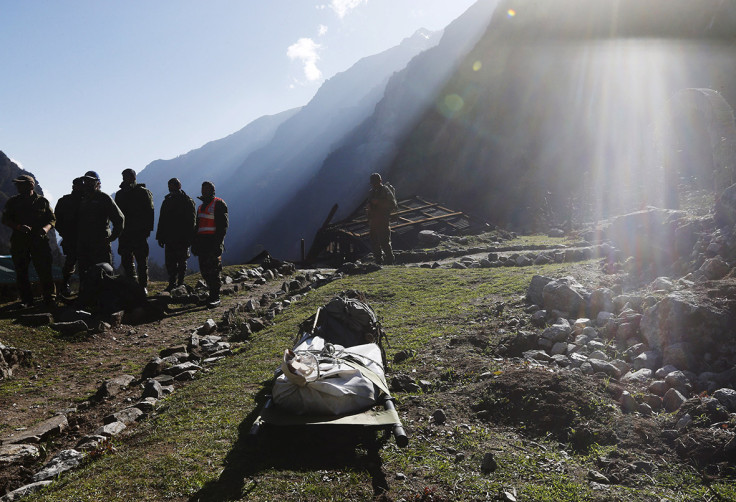Scientists believe Himalayas have shrunk after devastating Nepal earthquake

A swathe of the Himalayas has dropped by around one metre as a result of the devastating Nepal earthquake, scientists say.
However, they believe the shrinkage will roughly be balanced by slow uplift due to tectonic activity.
And they have yet to analyse satellite images of the region in which Everest is located - and they still don't how tall the world's tallest mountain is.
"The primary stretch that had its height dropped is a 80-100km stretch of the Langtang Himal [to the north west of the capital, Kathmandu]," said Richard Briggs, a research geologist with the United States Geological Survey (USGS).
The Langtang range is the region where many locals and trekkers were killed in the 7.8 magnitude quake, and the subsequent avalanches and landslides.
Scientists believe the height of a handful of other Himalayan peaks, including the Ganesh Himal to the west of the Langtang range, may also have dropped.
Scientists say whether or not the world's highest peak saw a change in its height by few centimetres will have to be further confirmed by ground survey and GPS or an airborne mission.
"But what we see in the data that we evaluated further away from the plate boundary, to the north of the capital Kathmandu, is a clearly identifiable region with subsidence of up to 1.5m," says Christine Minet, a geologist with the German Aerospace Centre (DLR), which processed the Nepal earthquake data sent by the Sentinel-1a satellite.
© Copyright IBTimes 2025. All rights reserved.





















